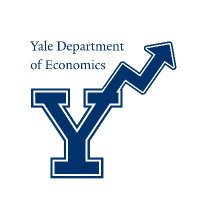
Arash Molavi Vasséi
@arashmv
economist | private account | my opinions, not those of my employer
ID: 1196467294056128512
18-11-2019 16:37:06
27,27K Tweet
3,3K Takipçi
1,1K Takip Edilen


"We develop a method of solving rational expectations models with dispersed information and dynamic strategic complementarities." NEW in The Review of Economic Studies by Zhen Huo & Naoki Takayama: academic.oup.com/restud/article…


🚨Publication Alert🚨 My paper "Taxing transitions: Inheritance tax and family firm succession" with Philipp Krug has just come out in the Journal of Economic Behavior & Organization! 🥳 Full paper: doi.org/10.1016/j.jebo… and thread 👇














alberto bisin Continuous differentiability is the proverbial Trojan horse of neoliberal globalism.











